
Featured
Makey Makey Storyboards
Grades:
Kindergarten, 1st Grade, 2nd Grade, 3rd Grade, 4th Grade, 5th Grade, 6th Grade, 7th Grade, 8th Grade, 9th Grade, 10th Grade, 11th Grade, 12th Grade
This lesson takes students through the process of creating an interactive storyboard using a Makey Makey circuit board. This lesson can be adjusted for any grade level with examples given in the 4th
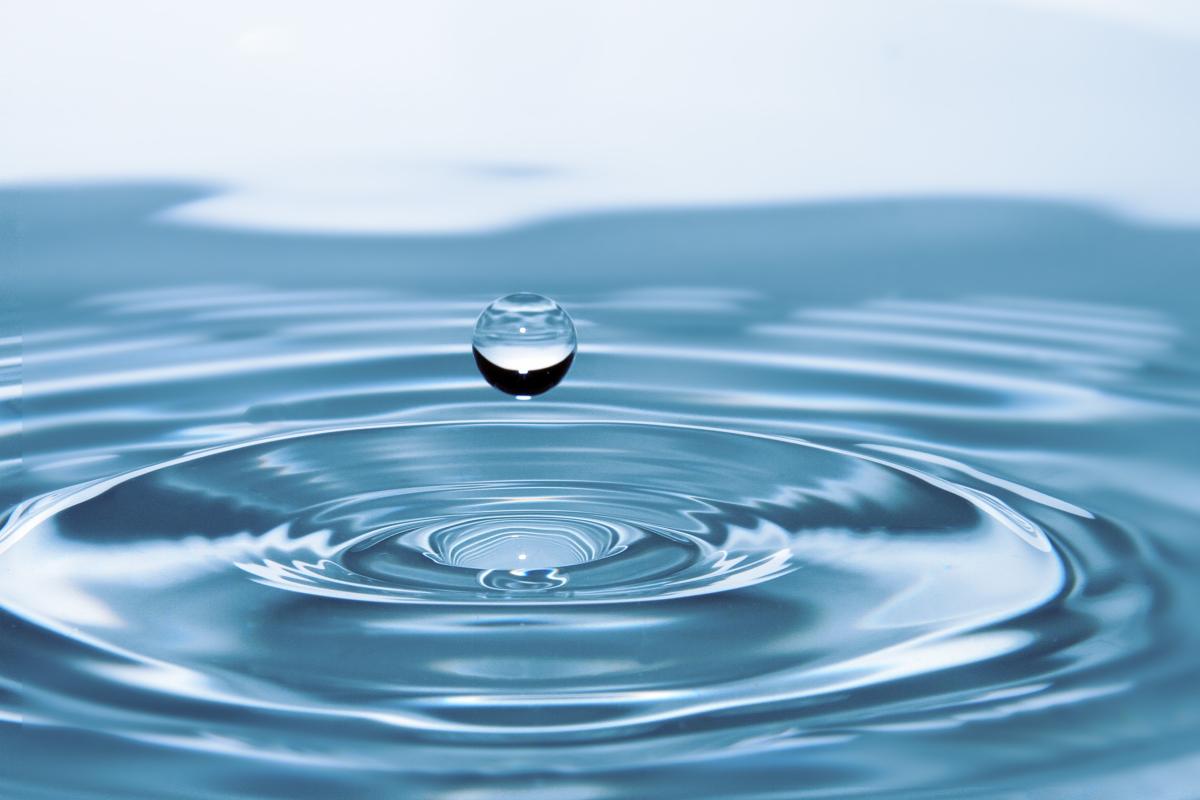
Grades:
3rd Grade, 4th Grade, 5th Grade
In this lesson, students will learn about the Water Tank Mafie located in Dharavi. Students will then use Scratch to create a "Whack a Water Thief (Mole)" game.

Grades:
3rd Grade, 4th Grade, 5th Grade
In the second lesson in the Thirst set, students will learn about Dharavi, a slum within the city of Mumbai. Economical water scarcity drives the lives of those who reside in Dharavi. Students will
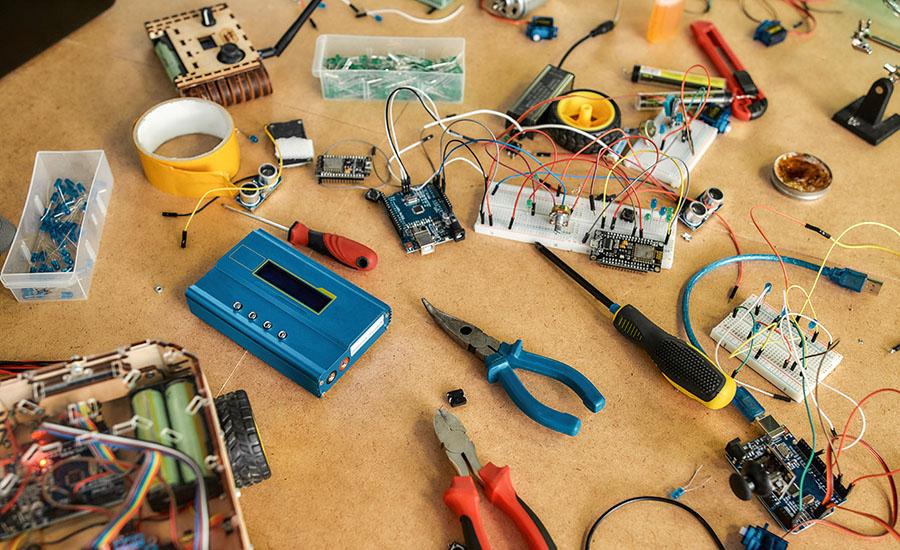
Grades:
4th Grade, 5th Grade, 6th Grade, 7th Grade, 8th Grade, 9th Grade, 10th Grade, 11th Grade, 12th Grade
The Micro:bit prototyping academy is designed to teach students the basic commands and features in order to innovate their own device. They will learn the input commands, variables and conditional

Grades:
4th Grade, 5th Grade, 6th Grade, 7th Grade, 8th Grade, 9th Grade, 10th Grade, 11th Grade, 12th Grade
Learn how to train your own Artificial Intelligence neural network without the complexities of coding. Google's (free) Teachable Machine is a web-based tool that makes it easy to train your computer

Grades:
5th Grade
"Baozi" (steamed bun) is a traditional Chinese food commonly eaten as a breakfast or snack. It consists of a soft, fluffy dough filled with a variety of savory or sweet fillings. Popular fillings
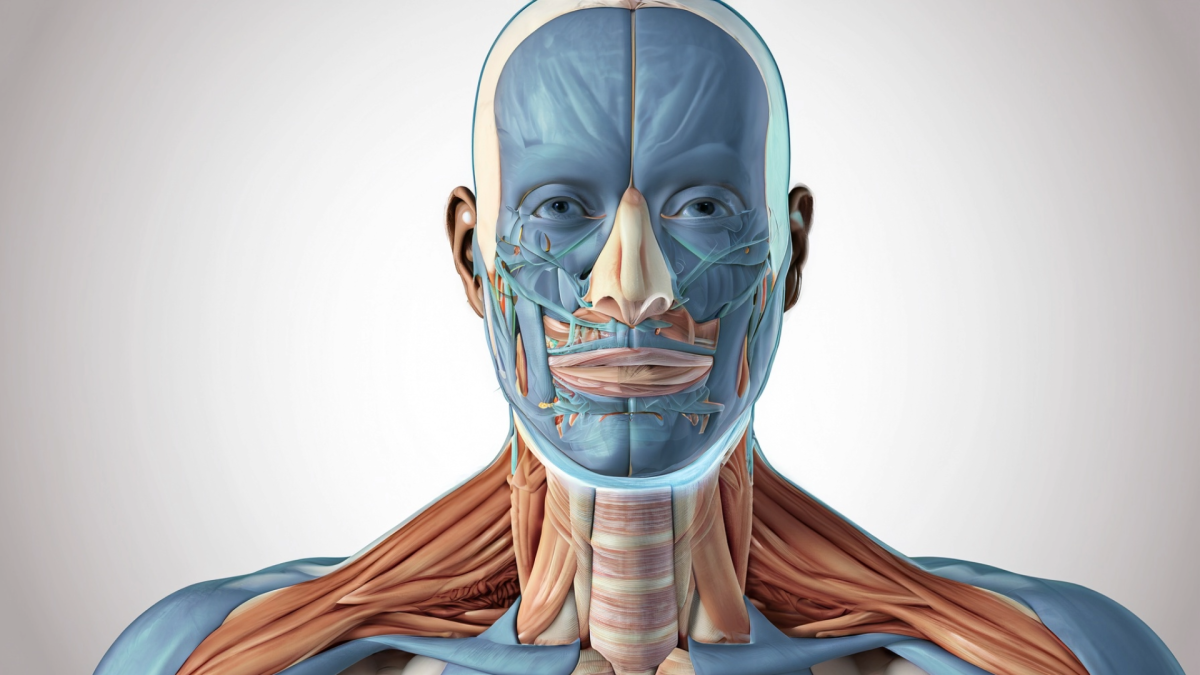
Grades:
5th Grade, 6th Grade
This is the second part of a two-part lesson. This lesson has students using a stethoscope to measure heart rate to collect data for equivalent ratios.

Grades:
5th Grade, 6th Grade
This is a lesson that has two parts. The first is a lesson is using the design process to create a simple stethoscope using various materials and defining which would give the best results. Part two

Grades:
4th Grade, 5th Grade
This lesson integrates math practice with hands-on experience in vermicomposting, reinforcing environmental awareness and mathematical skills among Arizona 5th-grade students. Math practice involves

Grades:
5th Grade, 6th Grade
A glider is a great physical science/STEM challenge for fifth/sixth grade students. This project allows students to use a Cricut cutting machine to build and modify a glider that will travel as far as

Grades:
5th Grade, 6th Grade
A glider is a great physical science/STEM challenge for fifth/sixth grade students. This project allows students to use scissors and utility knives to build and modify a glider that will travel as far
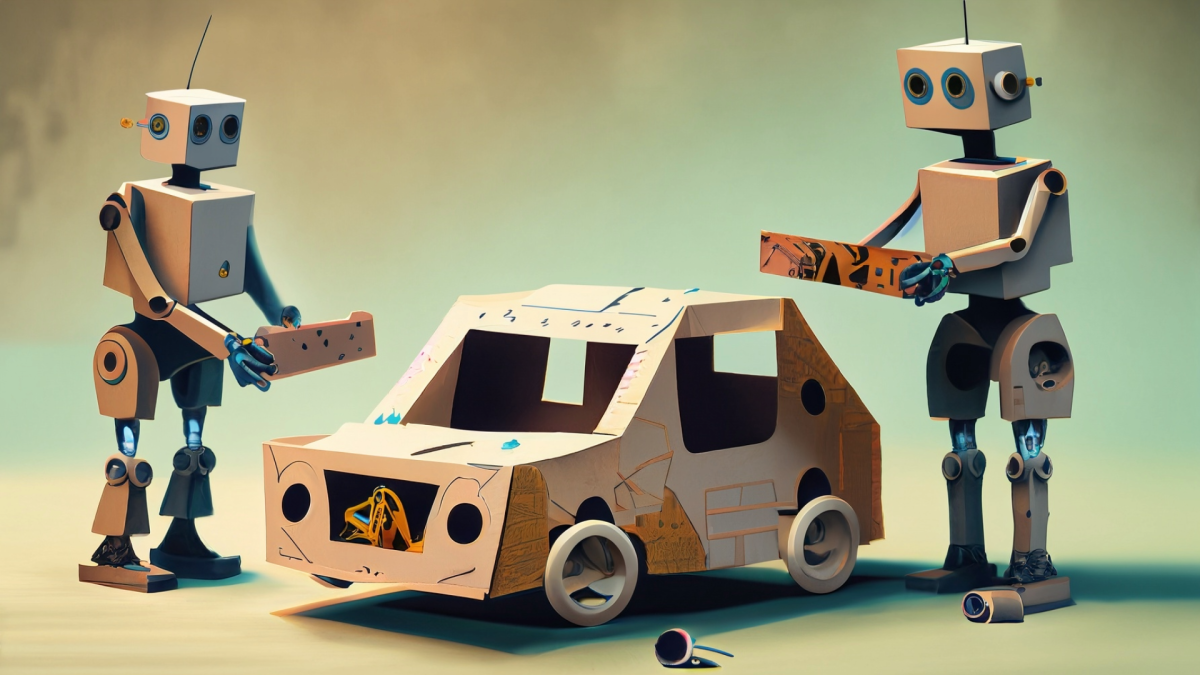
Grades:
5th Grade
In Part 1, students calculated, planned and researched where they'd travel if given $4,000 and no limits! Now let their creativity blossom as they create a virtual road trip with Google Slides

Grades:
5th Grade
Students will use technology and math to research and design a 7 Day Road Trip. Students will be required to think critically and apply math to real-world situations. This project engaging and student

Grades:
3rd Grade, 4th Grade, 5th Grade, 6th Grade, 7th Grade, 8th Grade, 9th Grade
An overall view of mining, minerals, and their role in our everyday life. This lesson compares the past, present and future of mining and it's relativity to sustaining our way of life.
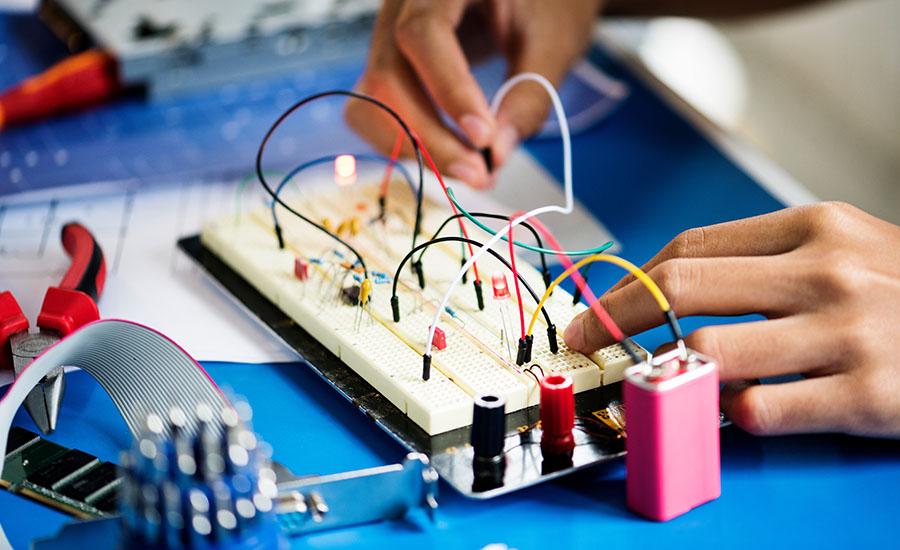
Grades:
5th Grade, 6th Grade, 7th Grade, 8th Grade
Students will use Circuit Playground Express and create a DIY Burglar Alarm

Grades:
4th Grade, 5th Grade
This is a simple, fun lesson to teach about air pollution. This lesson teaches students what air pollution is and what causes it. Students will put petroleum jelly on an index card, place it outside
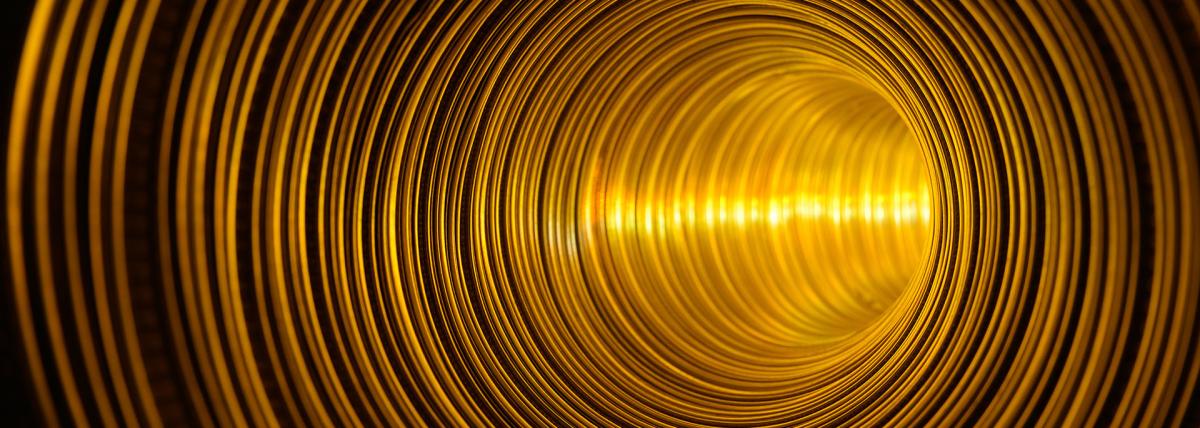
Grades:
5th Grade, 6th Grade
This is a lesson plan made to target the fifith grade standard on how noncontact forces impact one another. It can be adapted to grades 5-12. Students will explore magnetism and polarization, research
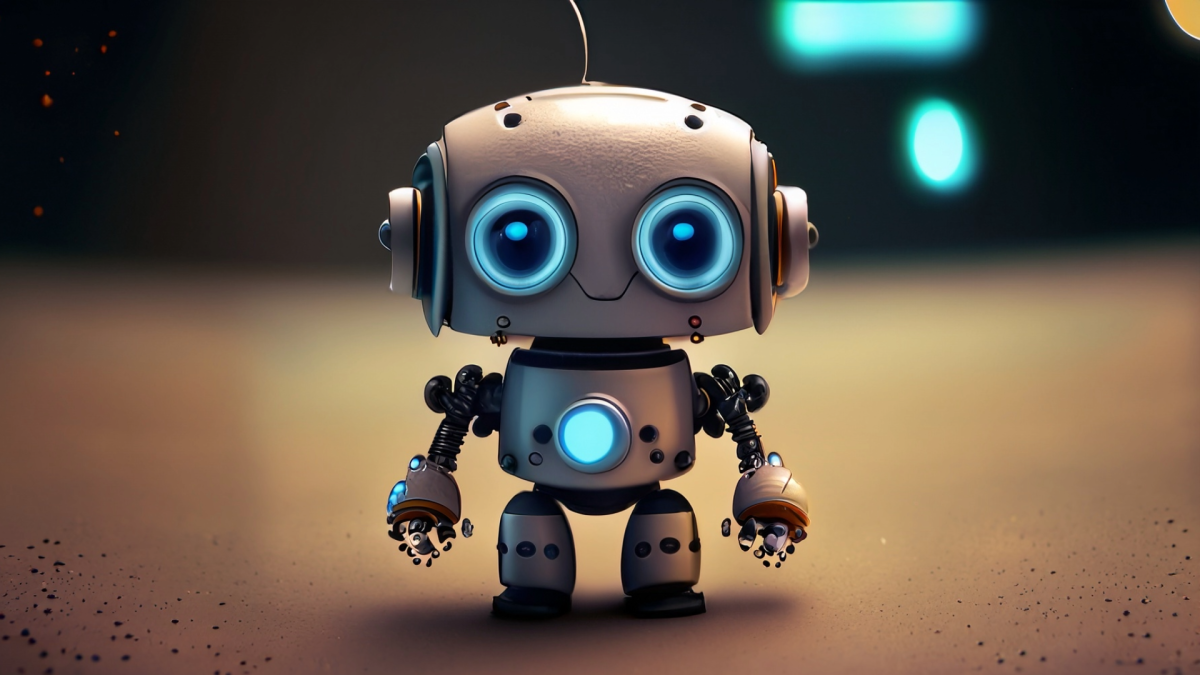
Grades:
5th Grade
This 5th grade lesson incorporates Mad Lib, micro:bits and learning how to code on Makecode.org. This lesson is teacher directed to walk students to add variables and text value. Students will use

Grades:
4th Grade, 5th Grade
This lesson on nanotechnology for 4th and 5th graders introduces students to the concept of scale by exploring the incredibly small measurements used in nanotechnology. Through engaging activities
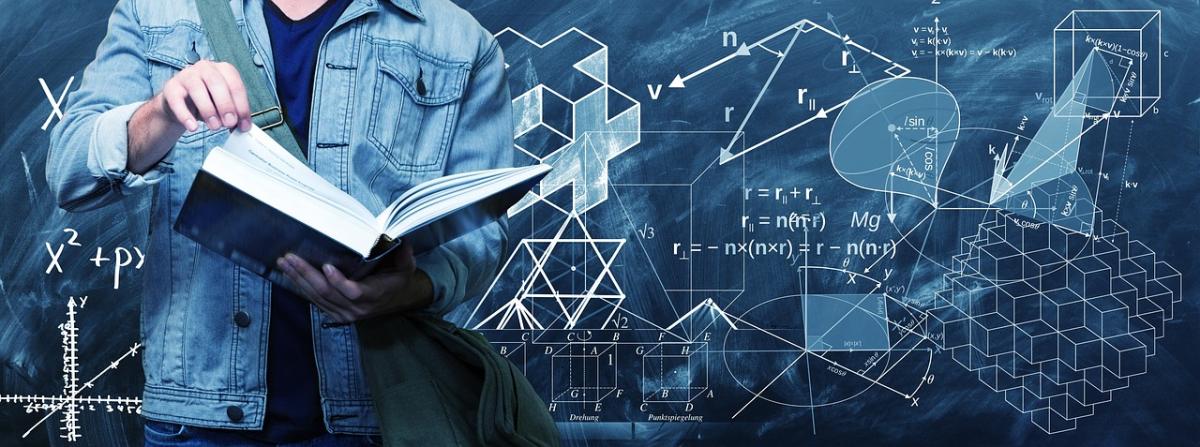
Grades:
4th Grade, 5th Grade, 6th Grade
This activity is designed to give students an introductory lesson into measurement. Students will pick out a LEGO creature, measure the creature, then use 3D design software like TinkerCAD to design

Grades:
Kindergarten, 1st Grade, 2nd Grade, 3rd Grade, 4th Grade, 5th Grade, 6th Grade, 7th Grade, 8th Grade
Most students are likely familiar with popular films like Happy Feet, Surf’s Up, Penguins of Madagascar, and classic books like Mr. Popper's Penguins. Capitalizing on this familiarity with penguins
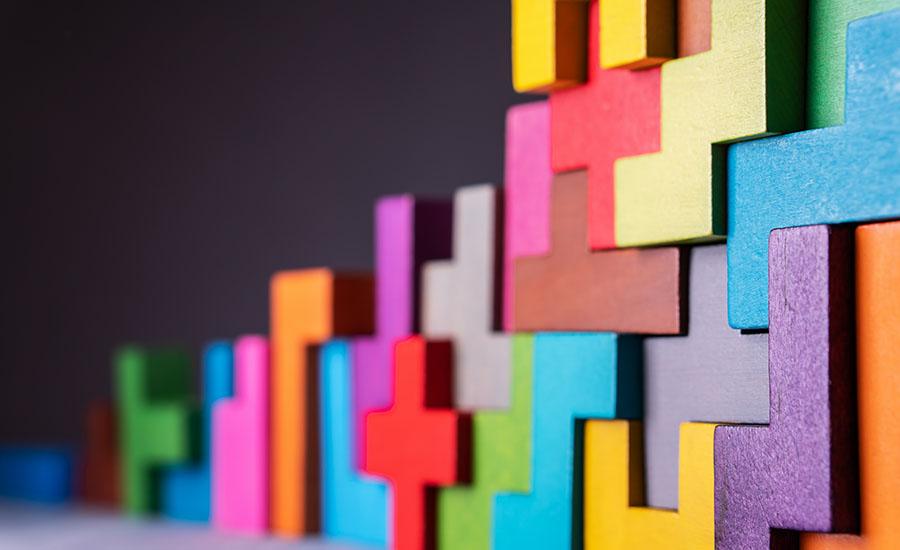
Grades:
4th Grade, 5th Grade, 6th Grade
Students will explore how fashion and design inspire present-day life and influence messaging and culture. They will create a 2D design of a shoe and then a 3D rendering of a sneaker using CAD

Grades:
3rd Grade, 4th Grade, 5th Grade
Students will modify previous versions of their Edison robots to move objects on the Mars map. Students will investigate the idea of a biosphere and use their robots to move supplies to the biosphere

Grades:
3rd Grade, 4th Grade, 5th Grade
Students will practice coding using Ed Blocks. They will use a given map as a target for their robot navigation with precision. The emphasis on this lesson is on making modifications and adjustments


